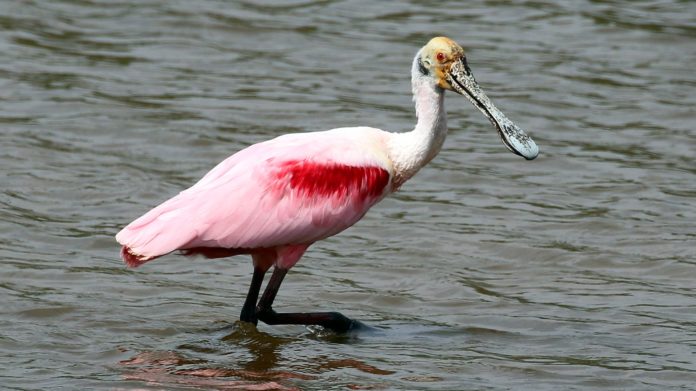Close to a third of North American bird populations have vanished over the last half-century, amounting to around three billion birds being removed from the ecosystem. That’s the core finding of an eye-opening report published in Science by US and Canadian researchers.
The health of bird populations is akin to a barometer of environmental health. Birds play important roles in their ecosystems, including pollination, nutrient and seed dispersal, and pest control.
“The birds are the canary in the coal mine,” says Arvind Panjabi, a co-author, in an interview with Gizmodo. “When the birds are dying, it surely can’t be good for us either.”
The findings are consistent with massive declines observed in other animal groups that are essential for ecological stability, such as insects and amphibians.
90% of losses were from just 12 common bird families
Prior to this study, experts were aware that specific bird populations were falling while others were rising. What they weren’t sure of was whether a significant net change was occurring. The running theory was that generalist birds who tend to adapt to human encroachment and other challenges would take over while the rare and threatened would die off.
Just 12 common bird families made up 90% of the losses in this report, yet common bird types are usually also generalists. Most of these 12 families fit both categories, such as sparrows, warblers, thrushes, blackbirds, and starlings.
Grassland birds were among the worst hit, suffering losses in the range of 700 million birds across 31 species. Although the paper did not explore the reasons why these losses are occurring, lead author Kenneth Rosenberg, suspects this is linked to increasing agricultural expansion and its highly destructive effect on habitats.
Commonly used pesticides can devastate insect populations, meaning many birds have diminished food sources. There’s also evidence to suggest they even impact migration patterns.
Citizen science surveys and radars used to interpret shifts
The team used multiple sources of data as part of their research. First, they used ornithology’s “gold standard” technique for surveying birds: citizen-science bird population assessments.
These annual projects involve thousands of bird-watching volunteers who make estimates of population numbers (called ‘point counts’) over a short time period at significant locations. Datasets are available all the way back to the start of the study period in 1970.
Data from 143 next-generation radar stations measuring the total biomass of migratory birds between 2007 and 2017 were also used. These data validated what was found in the citizen-science reports.
In particular, the data were a match on the Atlantic coast, an important migratory route for spoonbills, thrushes, and more as they make their way south for the winter. Shorebirds have long suffered habitat loss on their migratory routes and the problem has continued to worsen for various populations, such as that of the red knot.
Conservation funding and policies could undo damage
Despite these staggering losses, there were some encouraging findings: waterfowl like ducks, geese, and swans made sizeable recoveries in the range of 56%. Back in the 1980s, hunters lobbied for protections, and billions ended up being invested into conservation and refuge programs, starting with the North American Wetlands Conservation Act.
Similarly, raptor birds, like eagles and hawks, have doubled in number since the 70s thanks to hunting restrictions and a ban on DDT use.
Other long-term research has definitively shown that conservation funding is a highly effective counter to the impact of human activity.
“It’s imperative to address immediate and ongoing threats, both because the domino effects can lead to the decay of ecosystems that humans depend on for our own health and livelihoods — and because people all over the world cherish birds in their own right,” says co-author Peter Marra, speaking to Cosmos Magazine.
“Can you imagine a world without birdsong?”








































